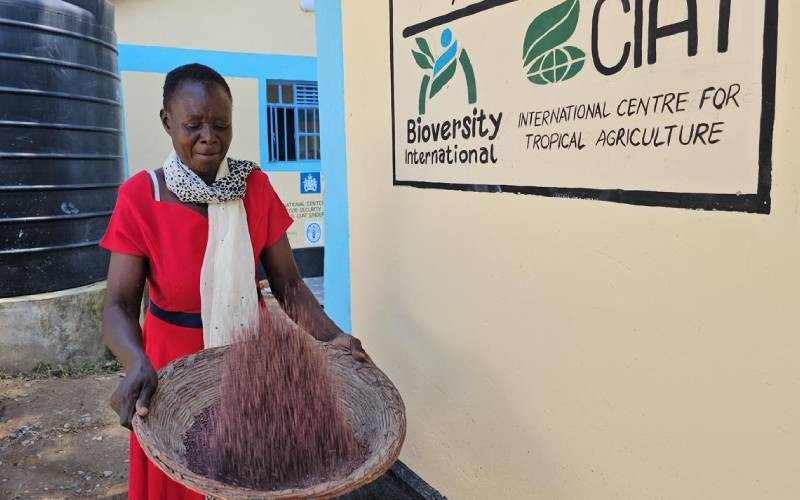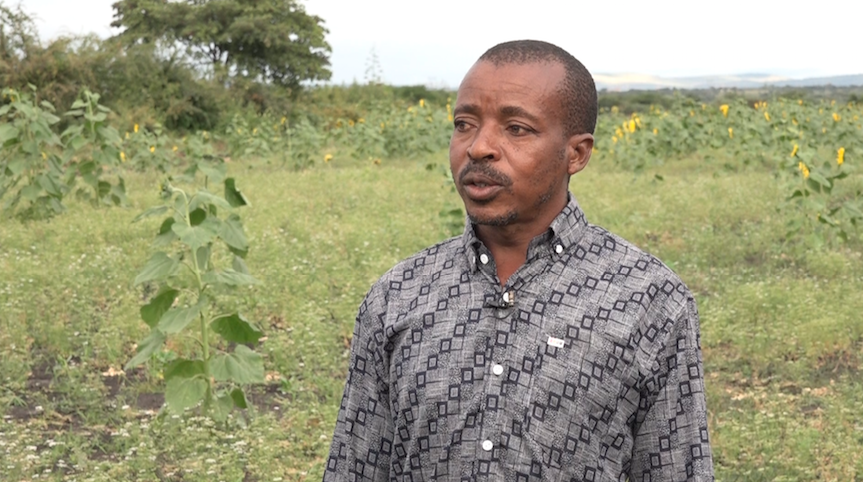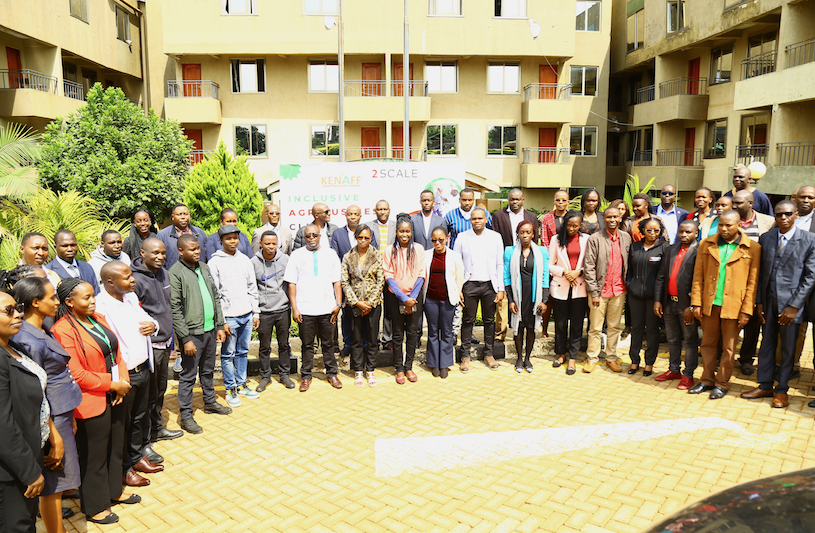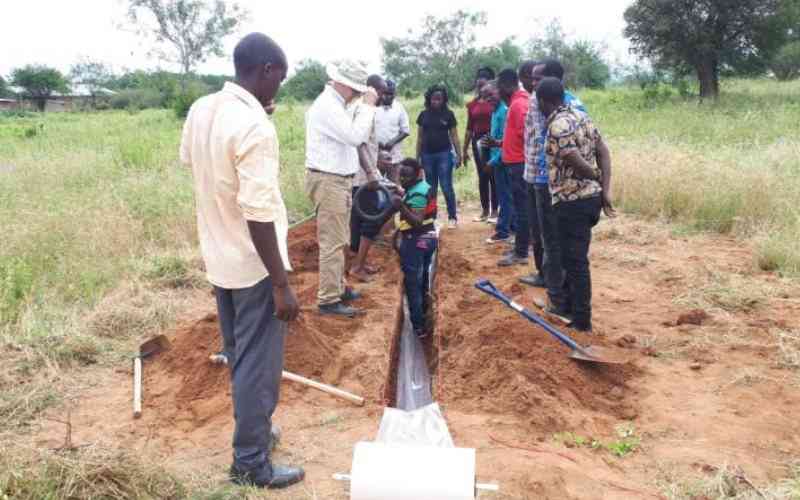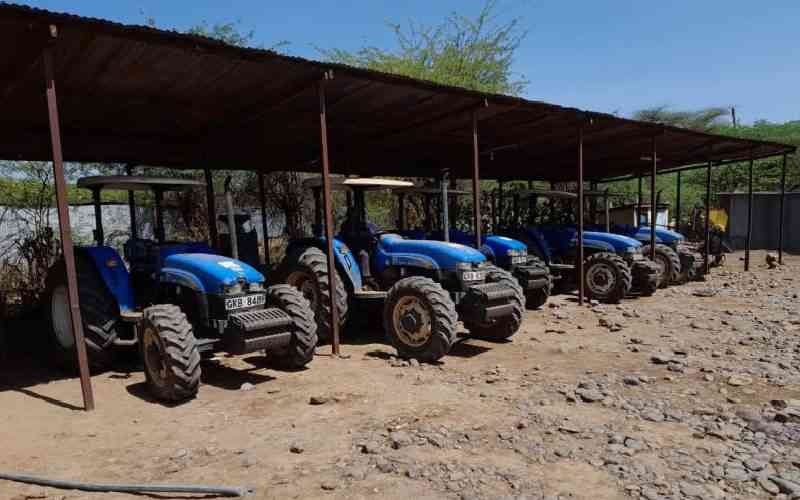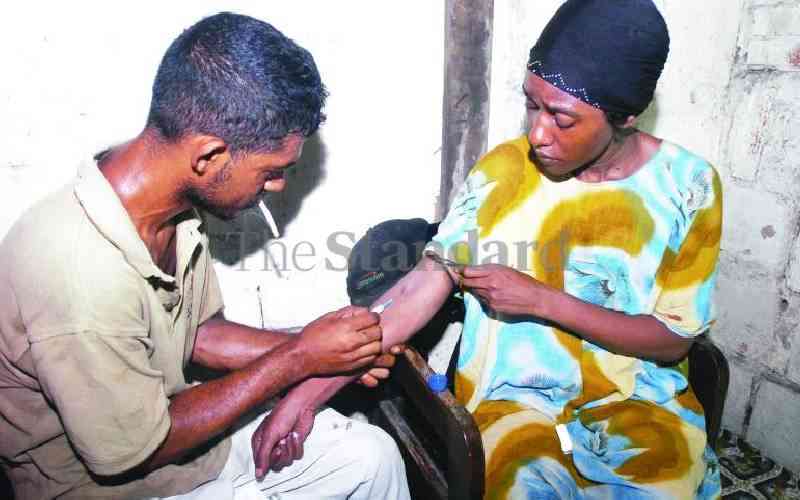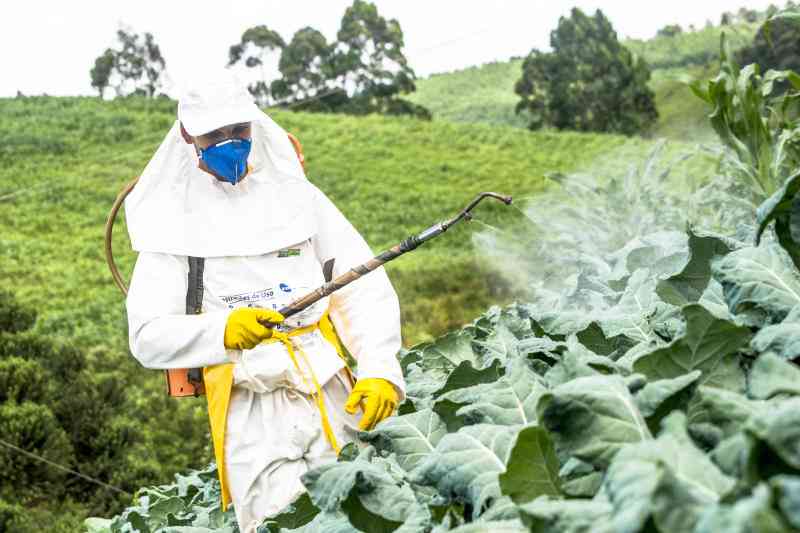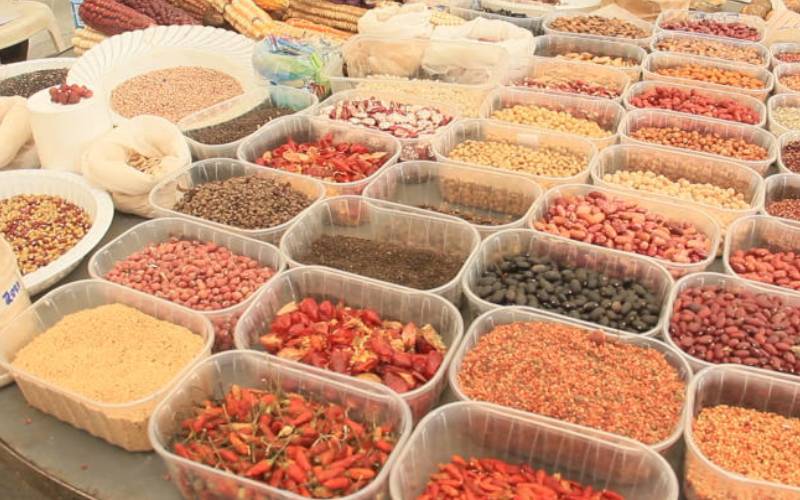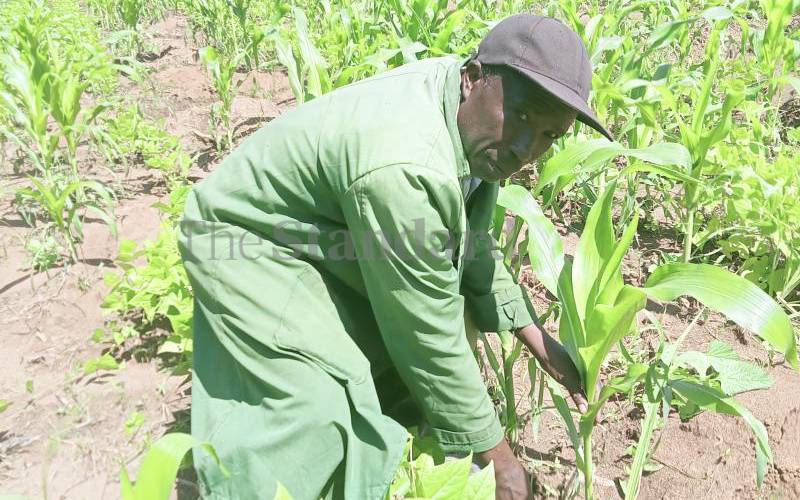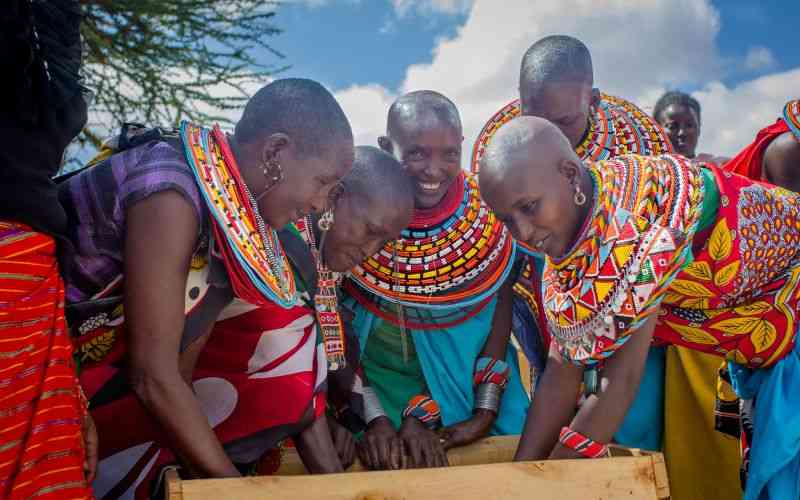
Stakeholders in the development sector converged to share lessons, achievements and challenges in the strife towards finding lasting solutions to challenges facing the Horn of Africa.
This comes at a time that the region is facing an acute drought following prolonged dry seasons and minimal rainfall for some areas.
During the half-day event, countries shared some unique challenges while some were common across nations.
The learning event was convened by the United States Agency for International Development (USAID) through the The Horn of Africa Resilience Network (HoRN).
The HoRN focuses on building resilience in areas, which are hit by recurrent crisis in the dry lands.
It serves as a coordination platform across Kenya, Ethiopia, South Sudan, Uganda, Democratic Republic of Congo (DRC) and Somalia.
The objective of the HoRN is to strengthen regional and cross-border collaboration and improve evidence-based learning to further inform regional, Countries, and USAID initiatives.
This year's first learning event sought to assess experiences through case studies and draw out lessons from programs, policies, institutions, and investments around the HoRN of Africa.
It also aimed at identifying key approaches and tools to build resilience to shocks and stresses in conflict-affected zones.
It further brought about an opportunity for sharing best practices and learnings from across the region on catalysing pathways to sustainability and setting priorities for action by different actors across the Horn of Africa region.
Stakeholders also sought to identify knowledge and action gaps in research, policy, and programming that need to be met or scaled up to successfully build resilience.
Attendants were drawn from the relevant national governments, USAID bilateral mission representatives, development partners, research institutions, private sector actors among others.
In her keynote address, Danwadaag Consortium Coordinator-International Organization for Migration-Somalia Laura Kate Bennison stated that more than 7.8 million people are impacted by the ongoing severe drought while over 1 million people displaced have since the onset of drought in 2021.
The humanitarian situation, she added, has been deteriorating particularly in Bay region, South West State, causing massive migrations to cities such as Baidoa and Mogadishu which have received over 100,000 people displaced by the droughts in 2022.
Of the displaced, women and children account for 83 percent.
"Somalia is urbanising rapidly with figures recently pointing out that this is almost twice the urban population in Kenya," she said.
The event was an opportunity for stakeholders to ask critical questions on how each of the countries and governments are doing in regard to drought mitigation programming and what resilient mechanisms have proven to work, according to Amy Beeler, Office Director, Economic Growth Office, USAID Uganda.
Drivers of challenges experienced, she added include lack of access to water, pasture scarcity and conflicts along the borders.
Amy called for integration of conflict resolution in a bid to mitigate the shocks and stresses.
Issues of conflict it emerged, must be addressed to ensure the development and implementation of anticipatory early actions to foster preparedness, response, and recovery from shocks and stresses occurs in an inclusive manner.
"There are also opportunities that can be tapped into to build sustainable livelihoods in the region, among which involve learning from country specific of regional interventions such as the study in Uganda in Karamoja region," noted Amy
The study, she added, revealed that 70 percent of livestock is sold in Juba markets pointing to the direction that there is an opportunity to leverage market systems across the borders and lead to reduction in the drivers along the borders.
As a lesson learnt, stakeholders noted that there is a need to ensure smooth transition in programming from the humanitarian assistance to development programming.
Acting Resilience Team Leader USAID Kenya and East Africa Dr. Ernest Njoroge hailed the multi sectorial expertise that the event attracted.
He noted current challenges as in the region as related to drought, climate change, disease, water scarcity among others, and challenged participants to provide leadership in applying what they learned to strengthen coordination and partnership and provide critical evidence on resilience.
Dr Njoroge called for engagement of the private sector in risk management and risk financing and for stakeholders to work closely with governments and communities to ensure resilience programming is locally owned.
A partnership with the private sector in selected counties within Kenya for example, enables communities to access loans at half the amount they would pay to conventional banks in terms of interest.
Women from marginalized communities account for about 80 percent of the beneficiaries, thus getting empowered financially and by extension impacting their own livelihoods as well those of their families and communities at large.
Unlike in the conventional banks where collateral is required to access loans, communities in Kenya under this partnership form groups of 15-20, and guarantee each other.
This makes access to finance easy and accessible to many, especially women who lack collaterals such as land-ownership documents which are often male-owned.
 The Standard Group Plc is a multi-media organization with investments in media platforms spanning newspaper print
operations, television, radio broadcasting, digital and online services. The Standard Group is recognized as a
leading multi-media house in Kenya with a key influence in matters of national and international interest.
The Standard Group Plc is a multi-media organization with investments in media platforms spanning newspaper print
operations, television, radio broadcasting, digital and online services. The Standard Group is recognized as a
leading multi-media house in Kenya with a key influence in matters of national and international interest.

